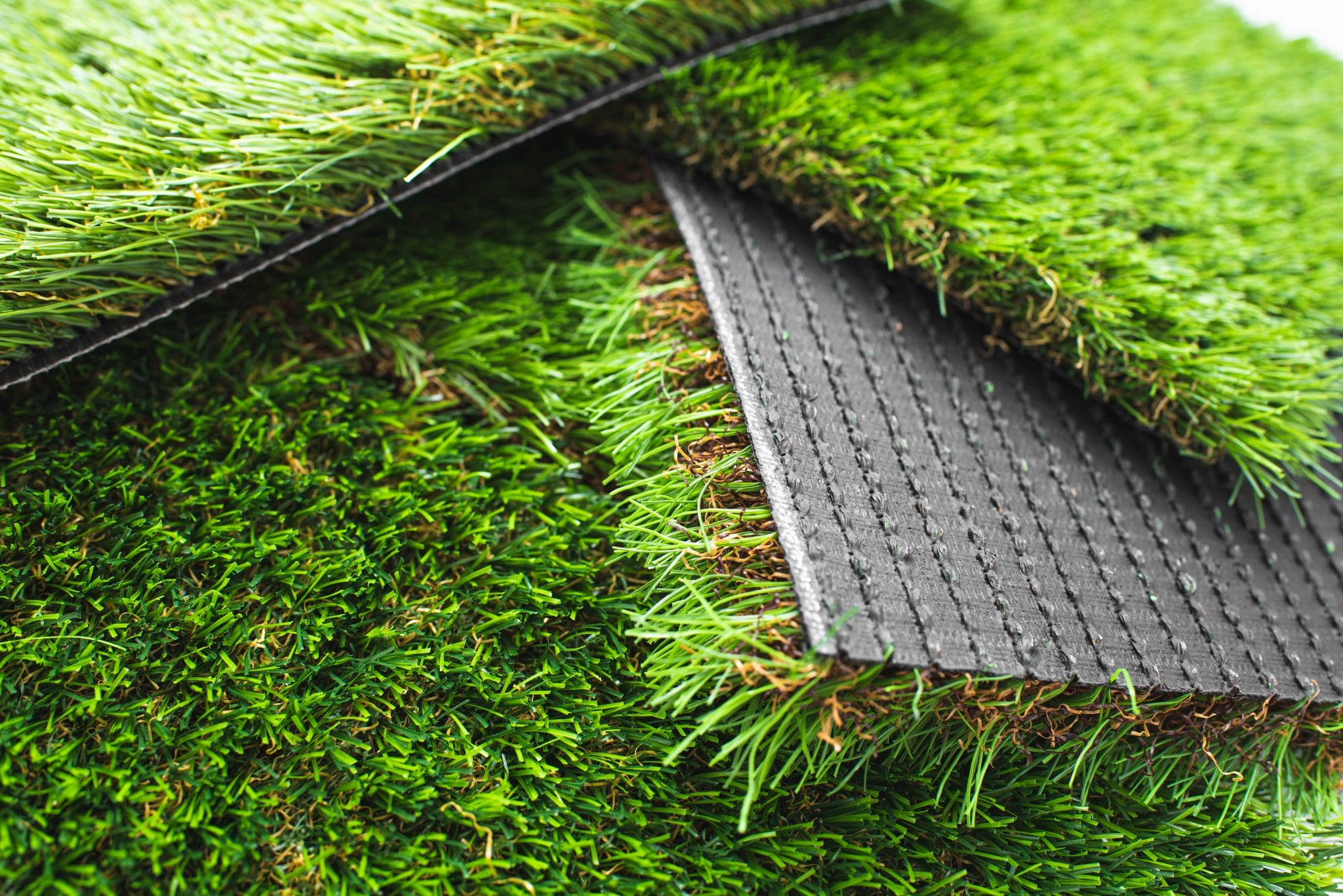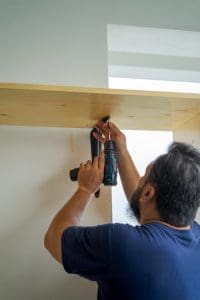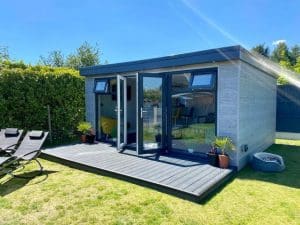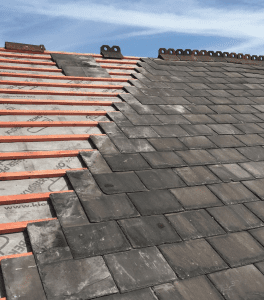With proper care and use, artificial grass can give you a beautifully maintained lawn that lasts up to 20 years. Thanks to its UV stabilisation, artificial grass retains its vibrant green colour and continues to look lush and healthy throughout the year, regardless of the season.
However, several factors will influence how long your artificial grass remains in prime condition, with the most important one being how often it’s used. For example, artificial grass laid in a garden that sees minimal foot traffic will typically last longer than grass installed in areas such as playgrounds, sports fields, or high-traffic zones. Additionally, if you choose artificial grass that is pet-friendly, the wear and tear may be slightly different if you have pets using the area frequently.
In this post, we’ll take an in-depth look at what can affect the lifespan of artificial grass and offer some tips on how to maximise its durability, whether it’s used in a garden, a sports field, or for your pets.
Factors That Affect the Longevity of Artificial Grass
There are several important factors that contribute to how long artificial grass lasts, and it all starts with the type of surface you select. As with most things, the higher the quality of the artificial grass you choose, the longer it’s likely to last.
1. Quality of Materials
The most significant factor in the lifespan of artificial grass is the quality of the materials used in its manufacturing. High-quality artificial grass tends to be more durable, more resistant to wear, and better able to withstand UV exposure. The better the quality of the grass fibres, the longer they’ll retain their shape and colour, giving you a vibrant, long-lasting lawn.
2. Pile Density
Pile density refers to how tightly packed the grass fibres are. If your garden experiences heavy use, such as children playing sports or pets running around, a thick, high-density pile will offer more durability. This type of artificial grass is more resistant to flattening and wear, making it the ideal choice for high-traffic areas. On the other hand, if your artificial lawn is more of a decorative feature or in a low-traffic area, a medium-density pile might be perfectly suitable and more cost-effective.
3. Installation
A professionally installed artificial grass surface is more likely to stand the test of time. By hiring a skilled installer, you ensure that the artificial grass is laid out correctly, with a firm, even base and all the necessary underlay. Proper installation helps prevent issues such as uneven surfaces, wrinkles, or edges lifting over time, which could lead to premature wear and tear. A professional can also advise on the right type of grass for your needs and ensure it is secured in a way that maximises its lifespan.
4. Location and Use
Where you install your artificial grass and how it’s used plays a large role in how long it will last. Grass in areas that see constant heavy footfall, sports activities, or pet use will wear down faster than grass in quieter spots. You’ll need to consider the specific purpose of your artificial grass when choosing the type, density, and installation method.
5. Weather Conditions
While artificial grass is designed to withstand the elements, harsh weather can still affect its longevity. High-quality grass is UV stabilised, meaning it won’t fade easily under the sun, but long periods of extreme heat, frost, or wet weather may affect its condition over time. Choosing artificial grass suitable for your local climate can go a long way in extending its lifespan.
How to Maintain Artificial Grass for Maximum Lifespan
Although artificial grass is well known for being low maintenance compared to natural grass, there are still a few simple tasks you should perform regularly to keep it looking its best. By following a basic maintenance routine, you can ensure your lawn continues to appear green, fresh, and inviting for years to come.
1. Regular Cleaning
Leaves, dirt, and debris can accumulate on your artificial lawn, especially if your garden is bordered by trees or bushes. Regularly remove leaves and debris with a stiff brush or a leaf blower to keep the surface clear. Trimming nearby plants will help reduce the amount of organic matter that falls onto your lawn, keeping it cleaner for longer.
2. Brushing the Surface
Brushing your artificial grass on a regular basis, particularly in high-traffic areas, will prevent matting and help maintain the upright position of the fibres. Use a stiff brush to gently groom the surface, redistributing the fibres to ensure a full, lush appearance. This is particularly important in areas where the grass might be flattened, such as where furniture or play equipment is placed.
3. Rinsing Dirt and Stains
If you notice dirt, mud, or other stains on your artificial grass, simply hose it down with water. For more stubborn dirt, use a mild detergent and a brush to gently clean the area. This will help maintain the appearance of your artificial grass, keeping it free from grime and ensuring it remains in good condition for longer.
4. Avoid Heat Damage
Artificial grass can be damaged by extreme heat. Avoid placing BBQs, fire pits, or other heat sources directly on the grass, as this can cause discolouration and melting of the synthetic fibres. If you’re planning an outdoor event or need to use a heat-emitting appliance, place it on a paved area away from the artificial turf to prevent any accidental damage.
5. Pest Control
One of the great benefits of artificial grass is that it’s less prone to pests than natural lawns. However, it’s important to avoid using harsh chemical pesticides or weedkillers, as these can damage the synthetic fibres. If pests become a problem, opt for pest control solutions that are safe for use on artificial surfaces.
Conclusion
Artificial grass can provide a long-lasting, vibrant alternative to natural lawns, but the key to its longevity lies in quality selection, proper installation, and regular maintenance. By choosing a high-quality product, ensuring professional installation, and following a few simple care tips, you can enjoy a lush, green lawn for up to 20 years. Whether you’re installing artificial grass in your back garden, a sports field, or as a pet-friendly area, taking care of it will guarantee that you get the most out of your investment.
At 3D Construction, we offer high-quality artificial grass installations designed to stand the test of time. Our team of professionals can help you select the best type of grass for your needs and ensure it’s installed with expert precision. If you’re considering artificial grass for your home or commercial property, contact us today for expert advice and quality service.




